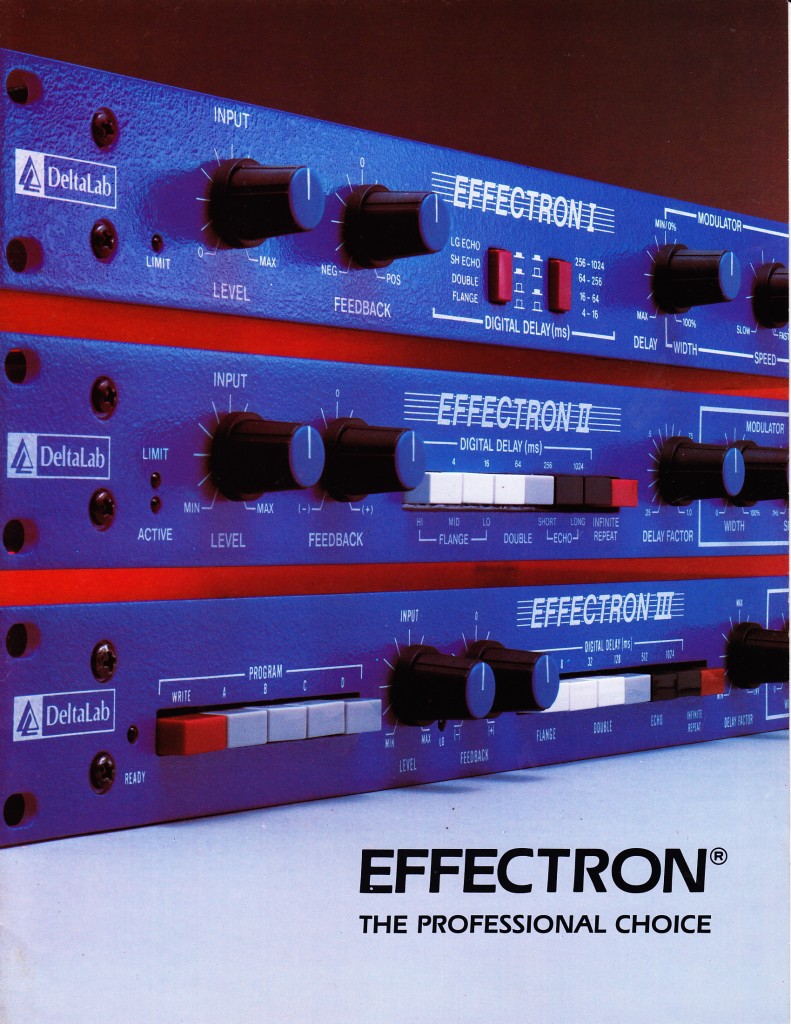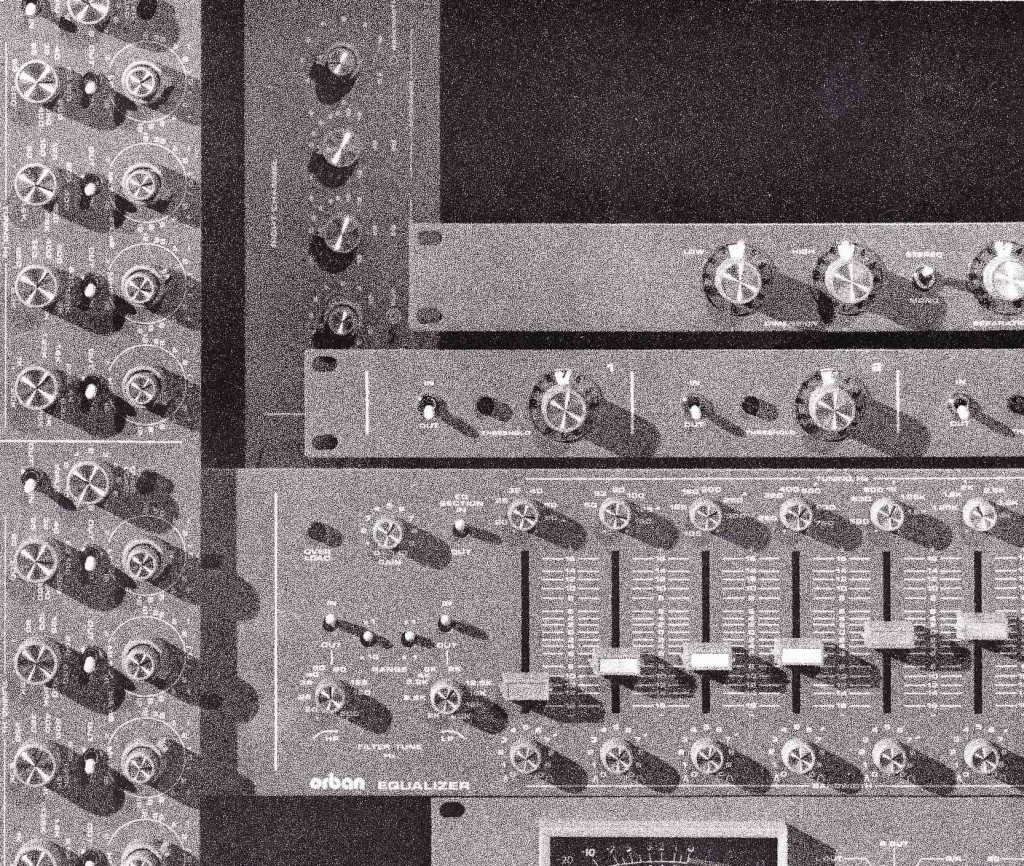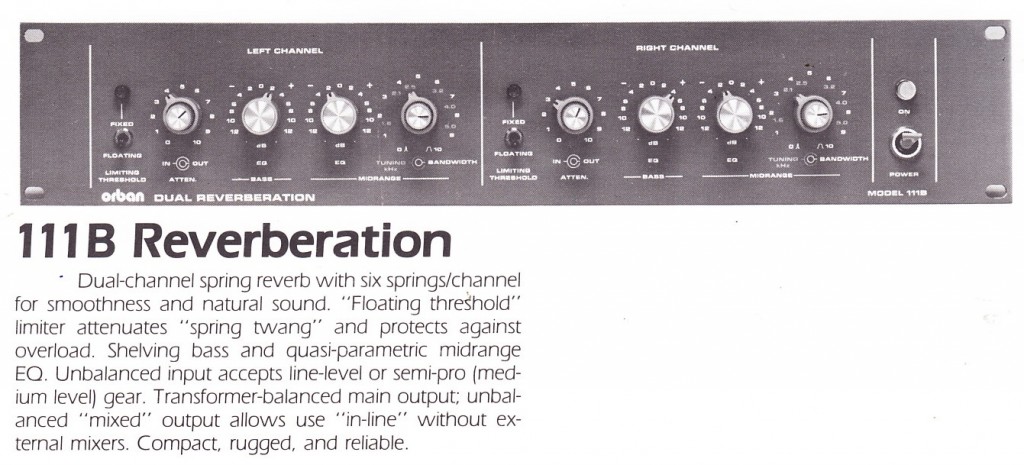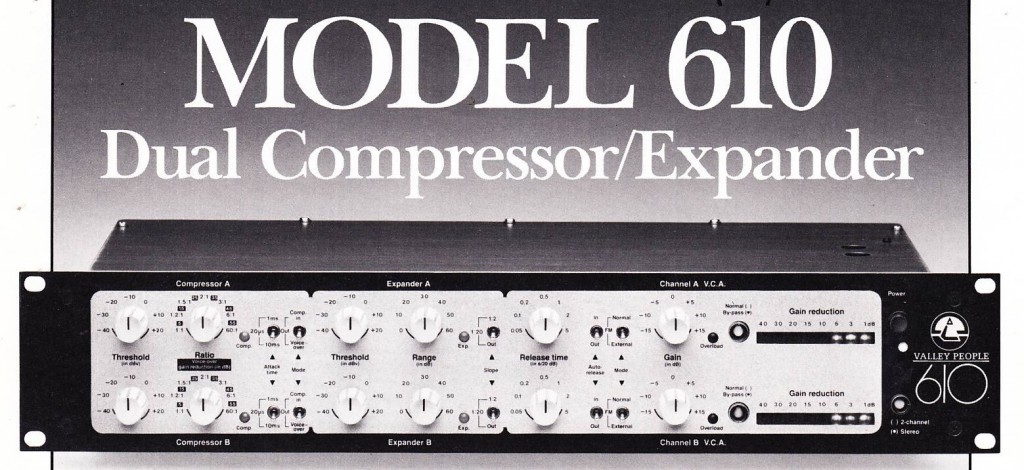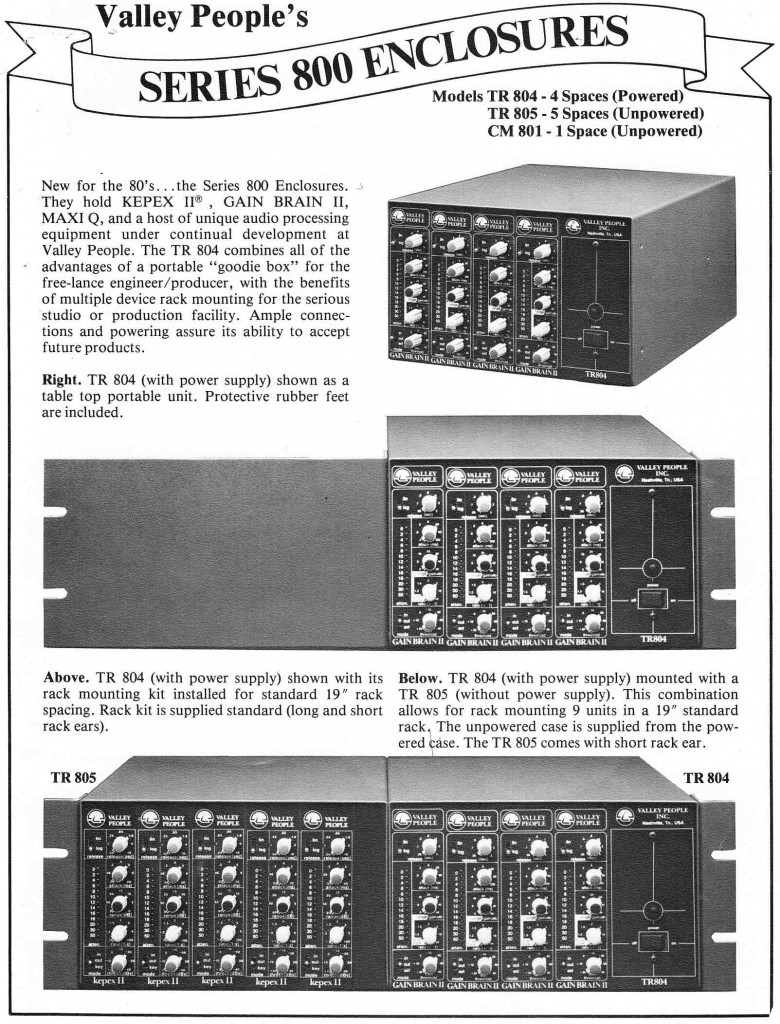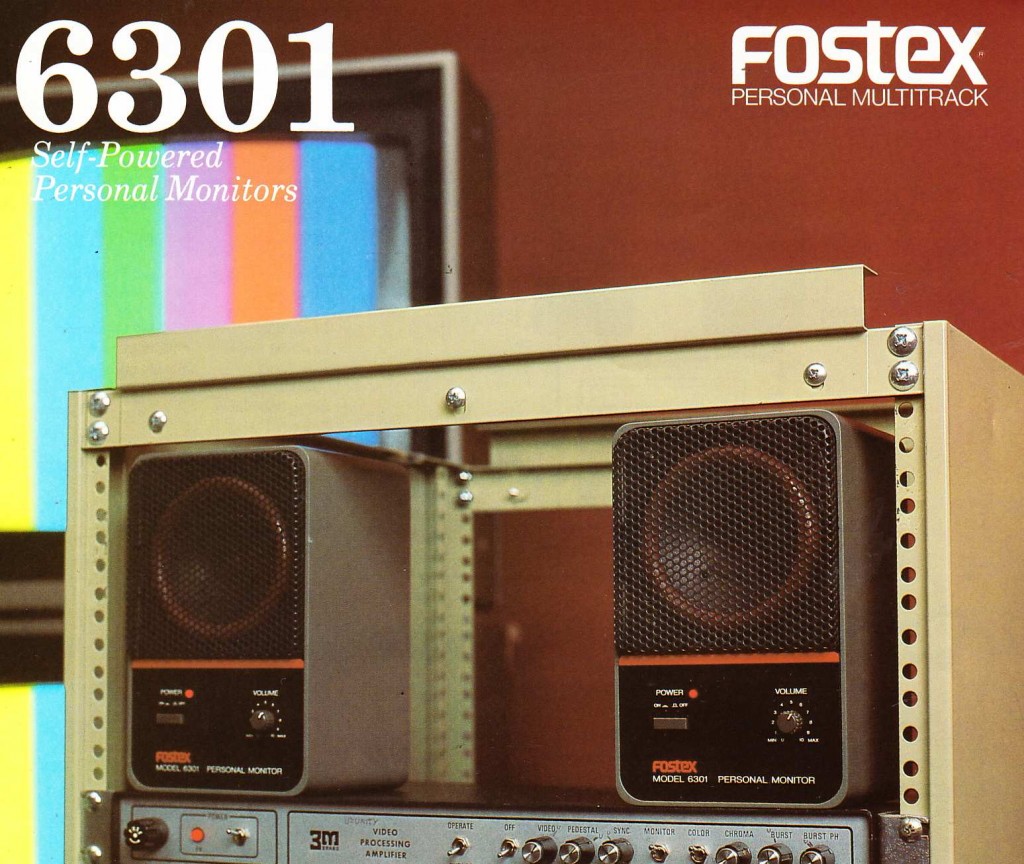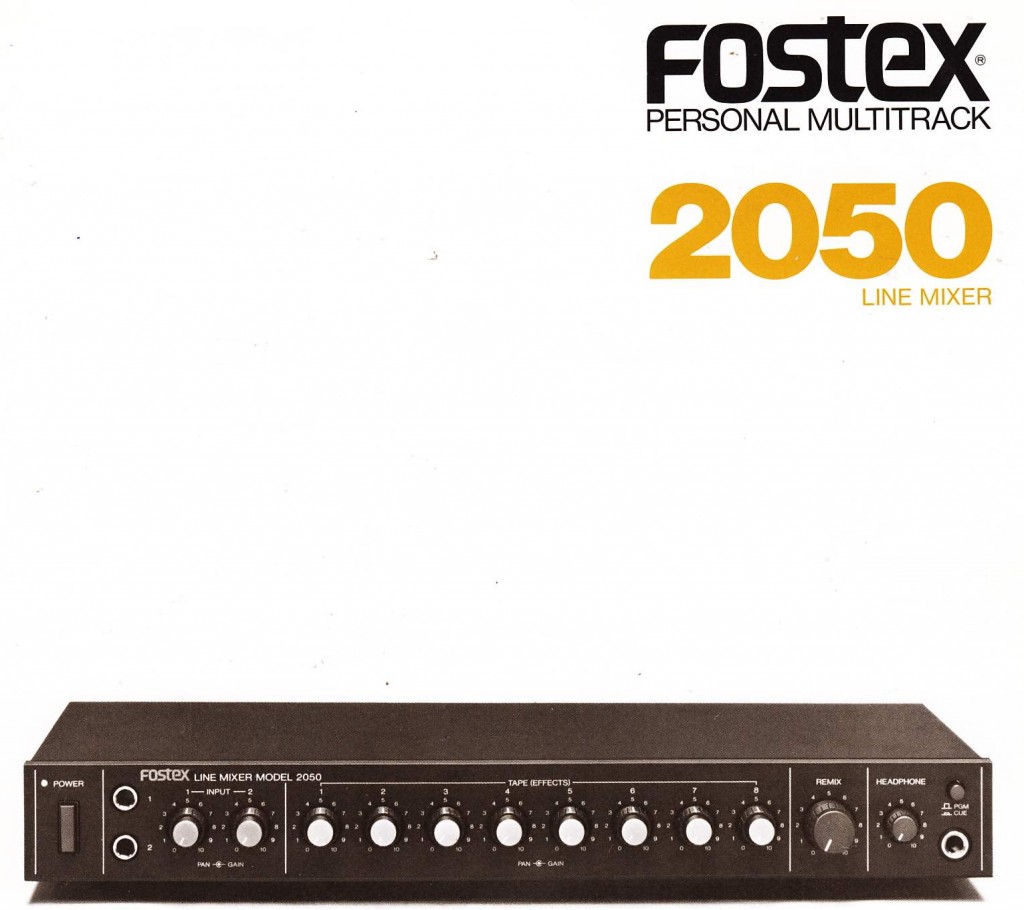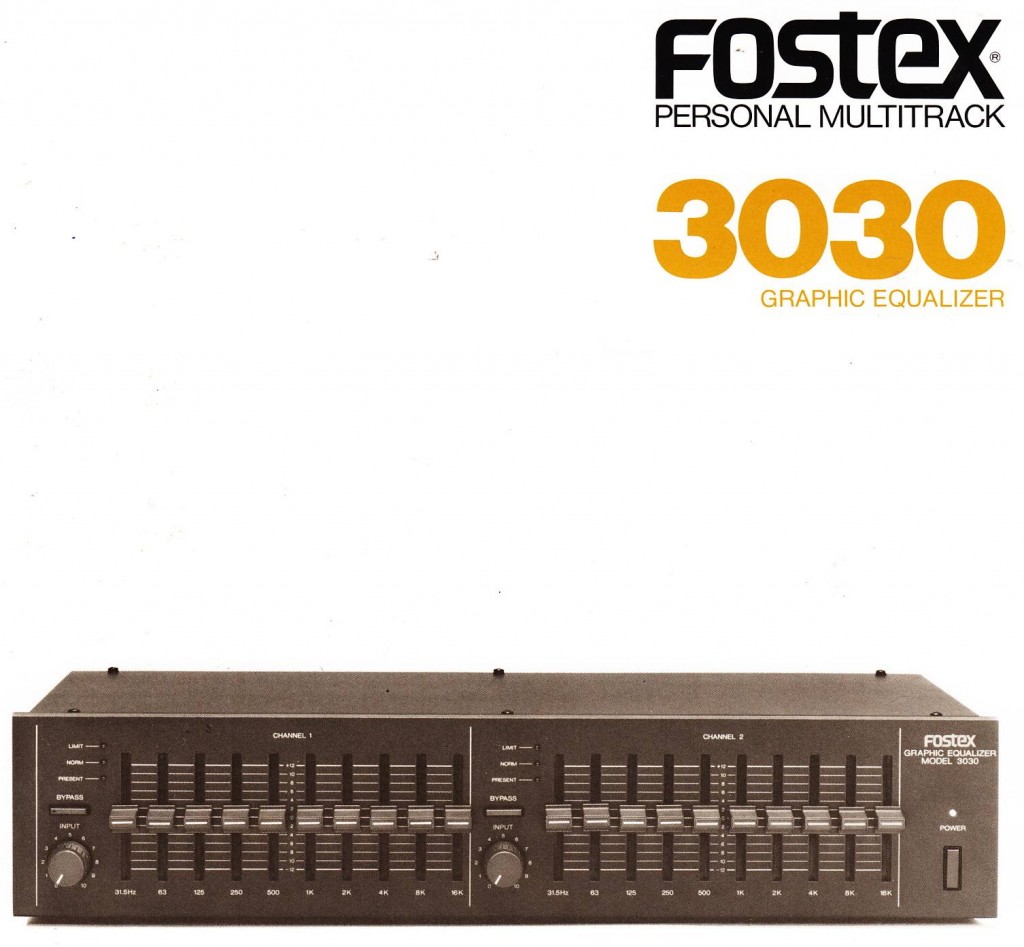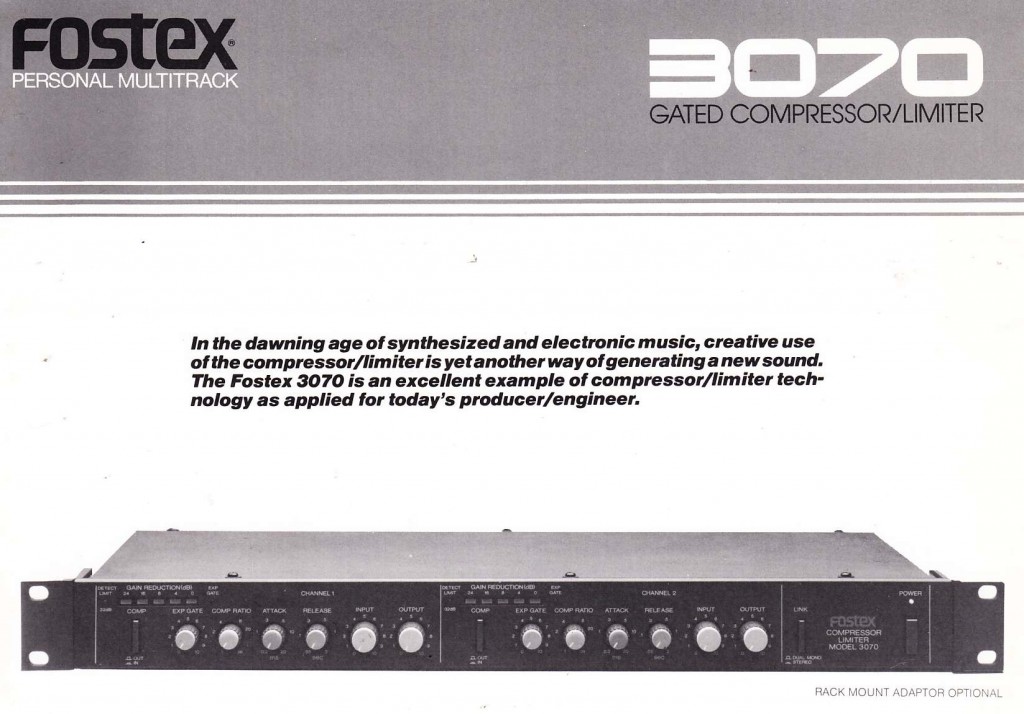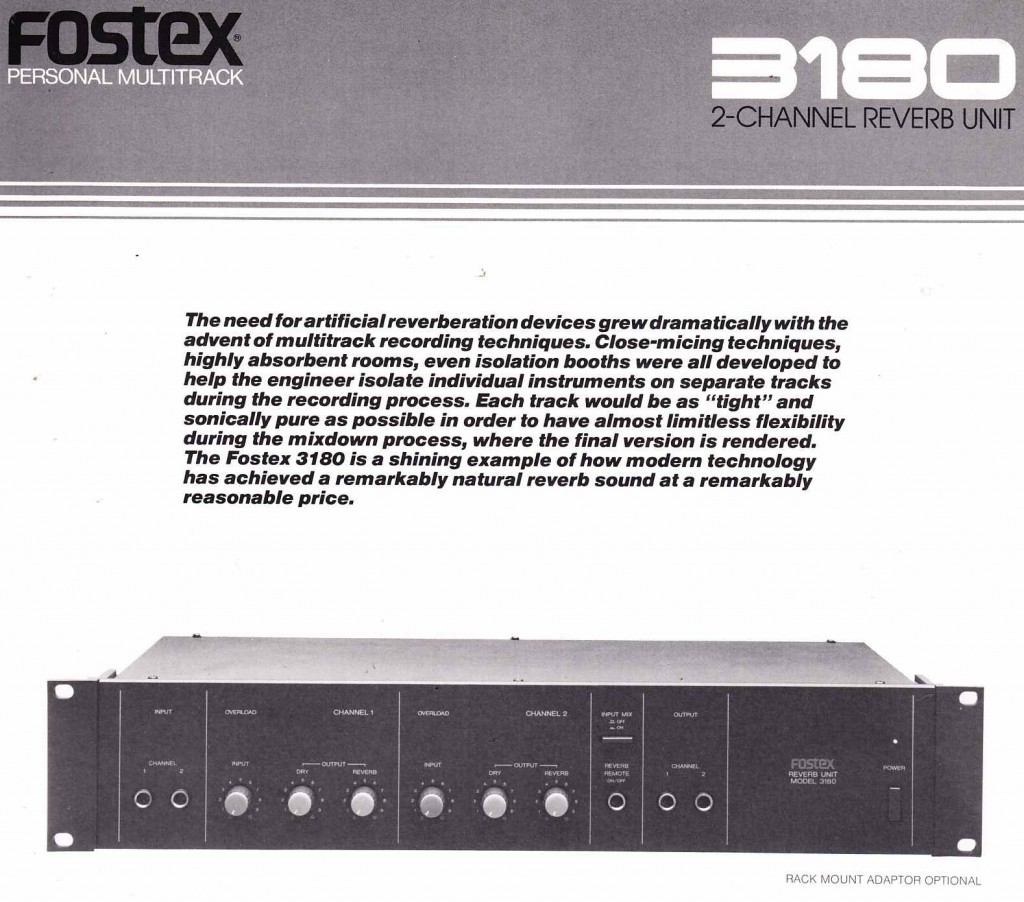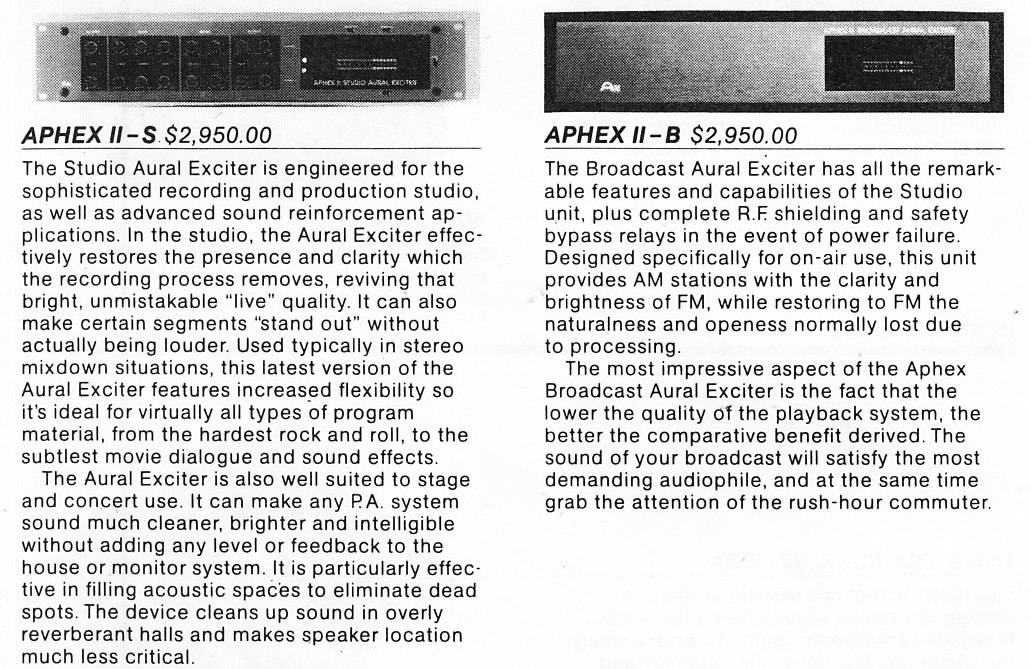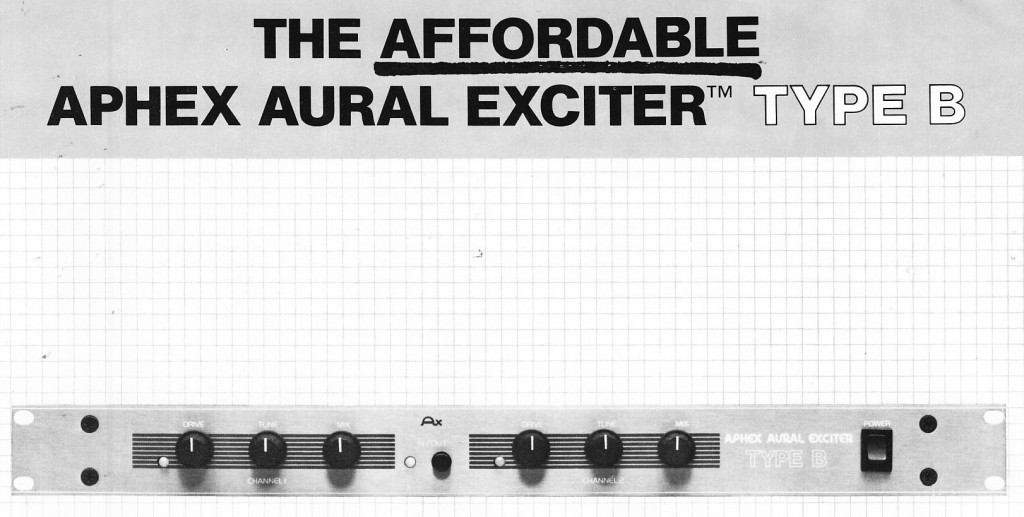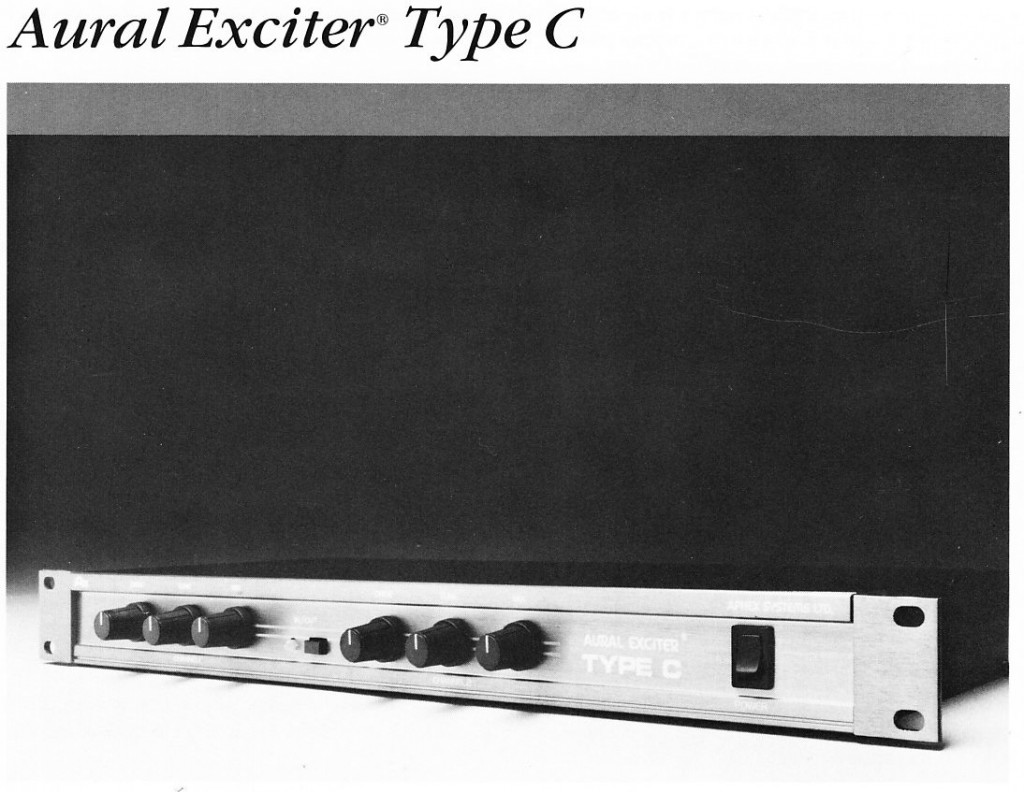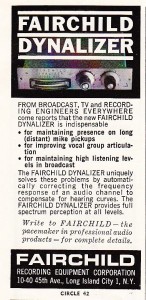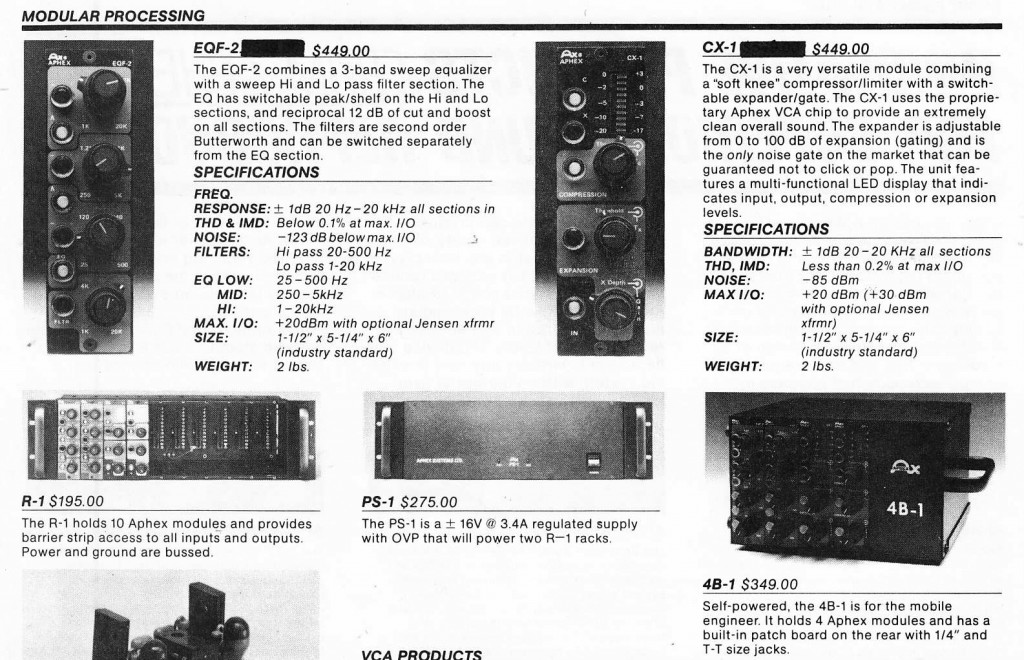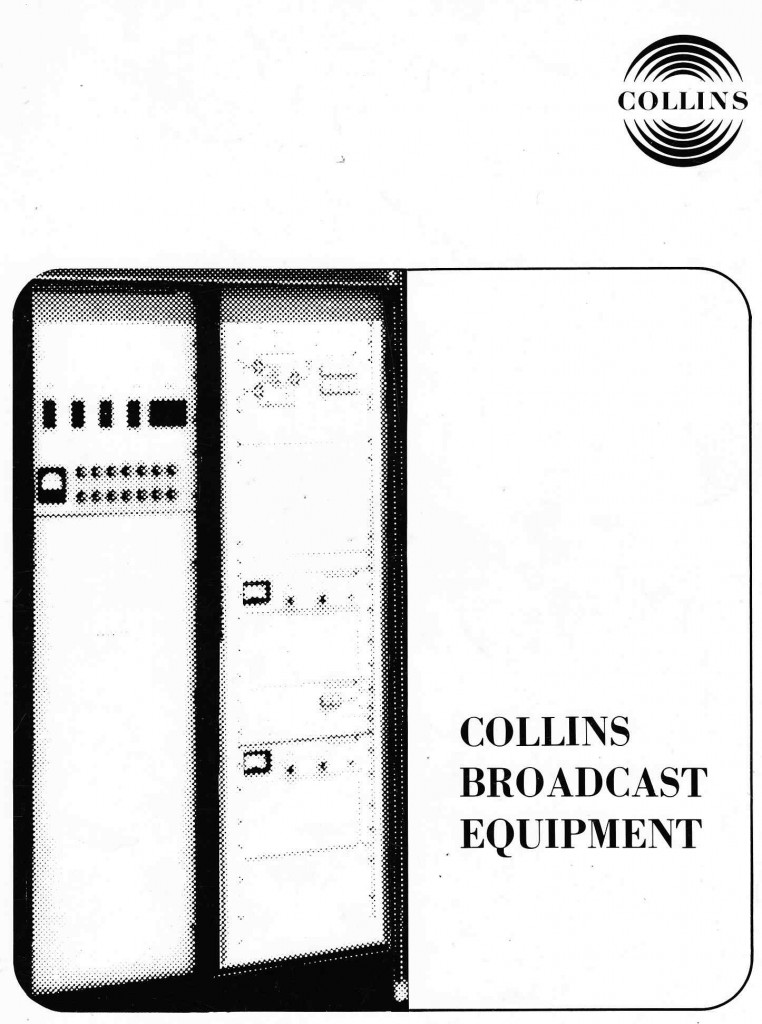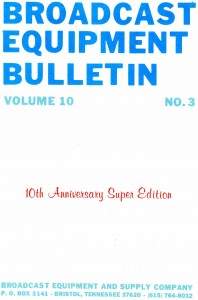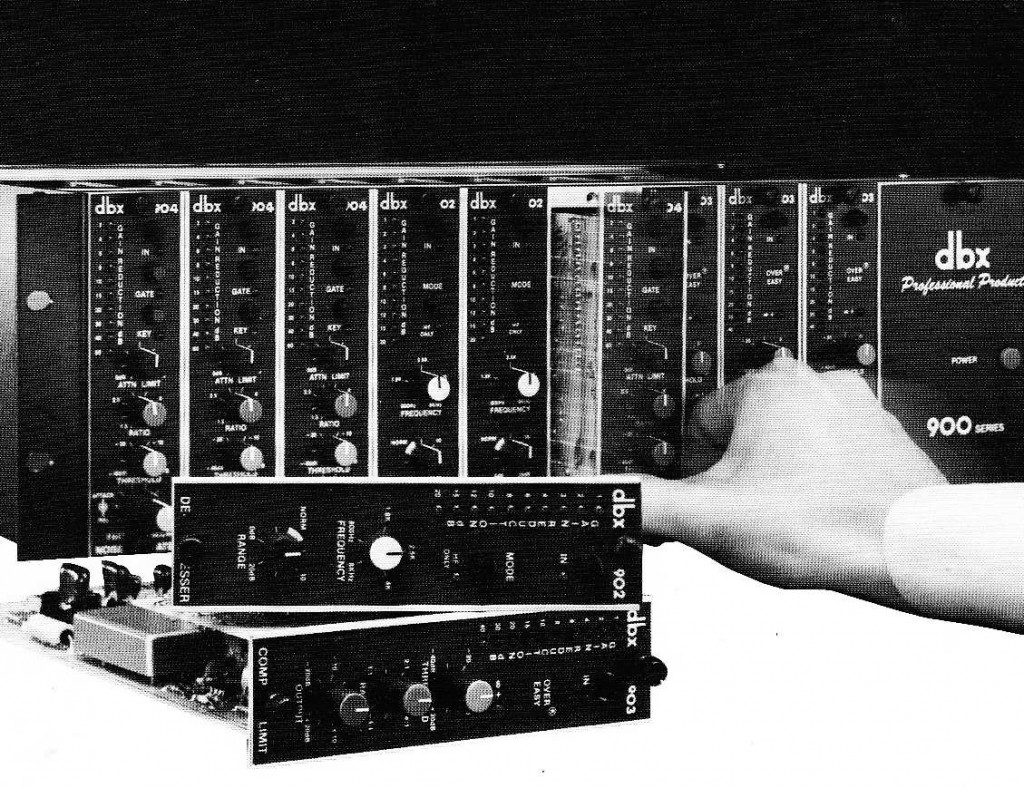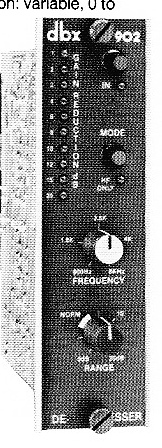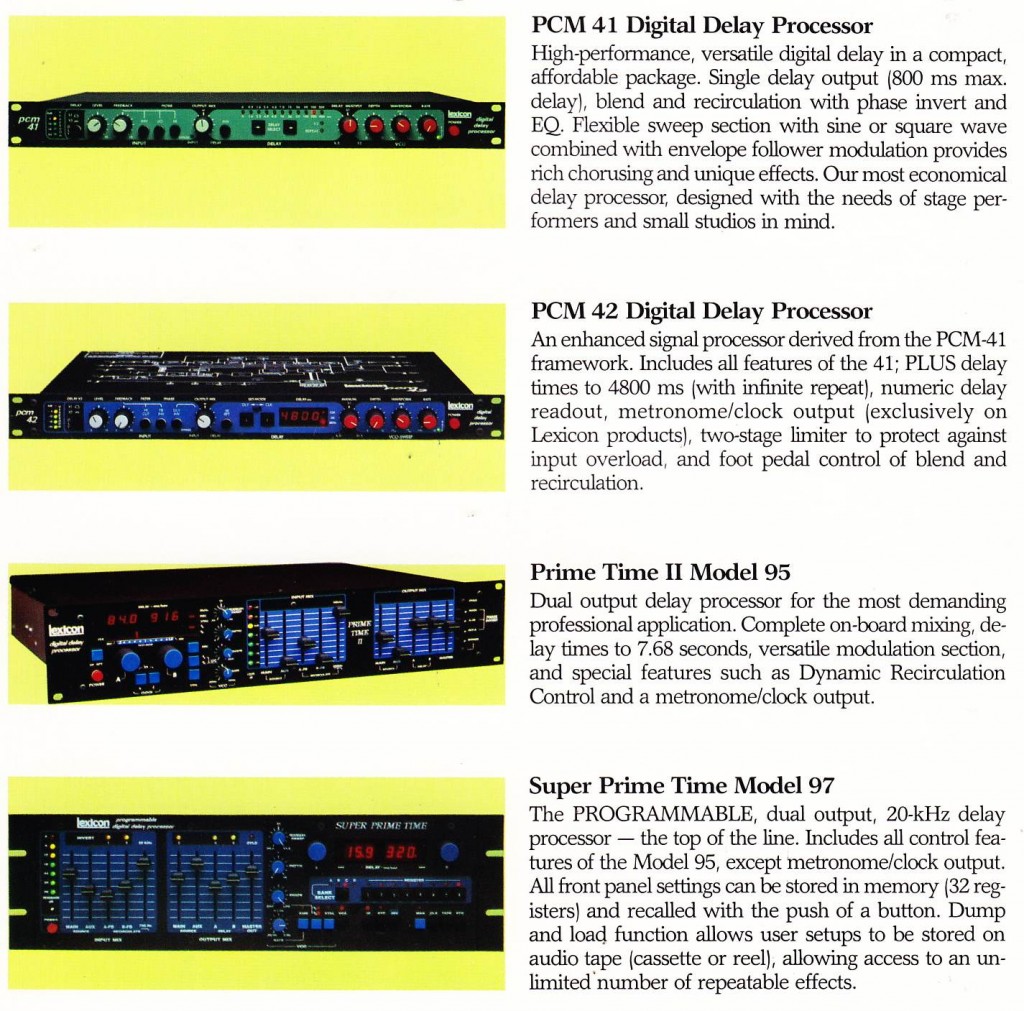 Download twenty-one pages of original Lexicon catalogs and sales materials from the mid 1980s.
Download twenty-one pages of original Lexicon catalogs and sales materials from the mid 1980s.
DOWNLOAD: LexiconProcessors1980s
Full details, photos, and specs on: Lexicon Model 97 Super Prime Time programmable digital delay; Prime Time II; PCM-42 delay unit; PCM-70 effects processor; 224-X Digital Reverb; plus a period price list and sales letter.
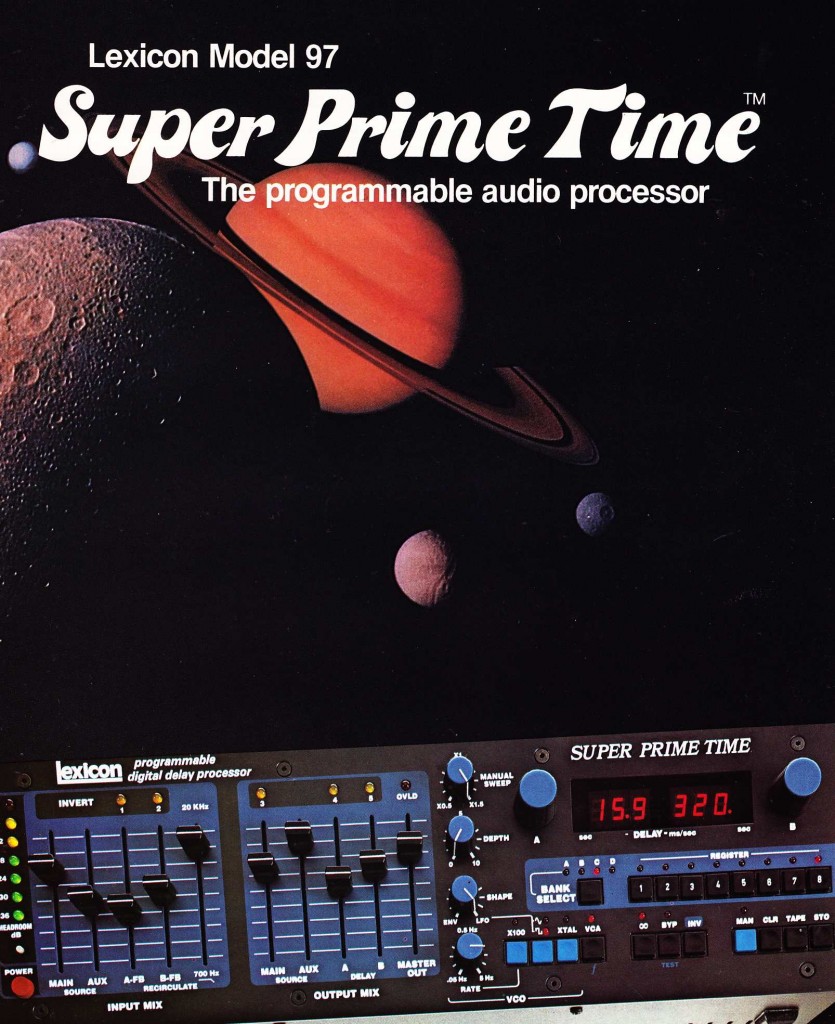
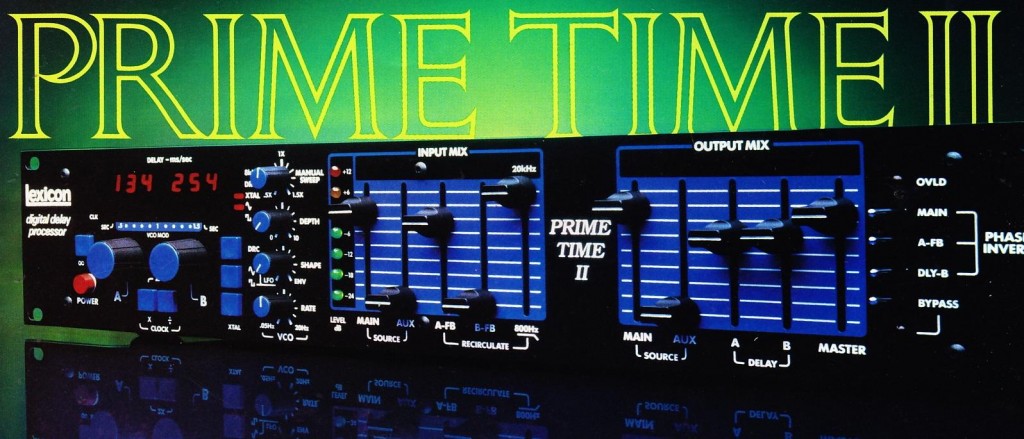
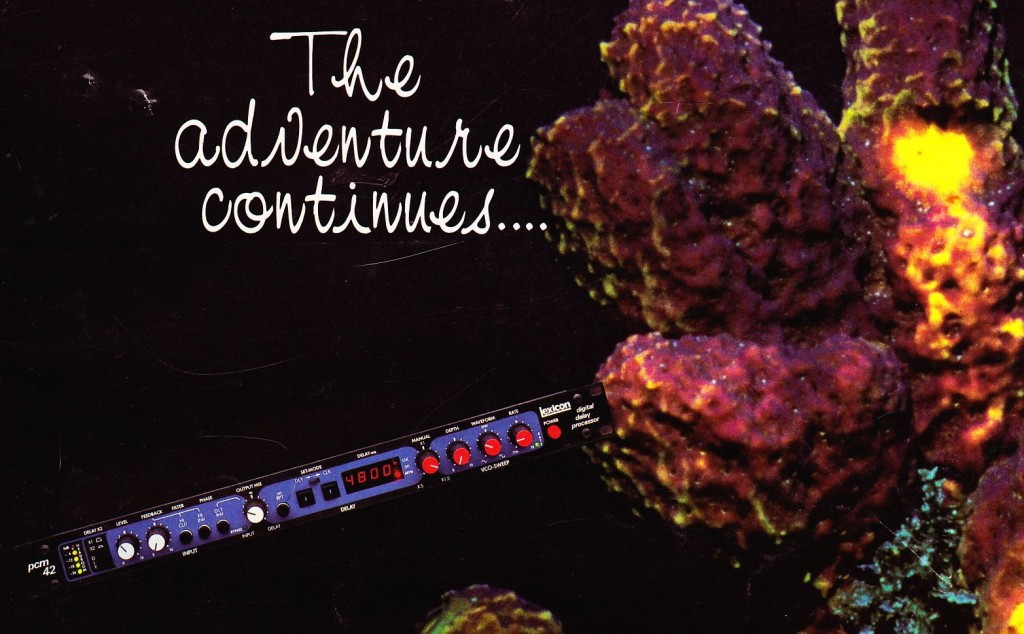
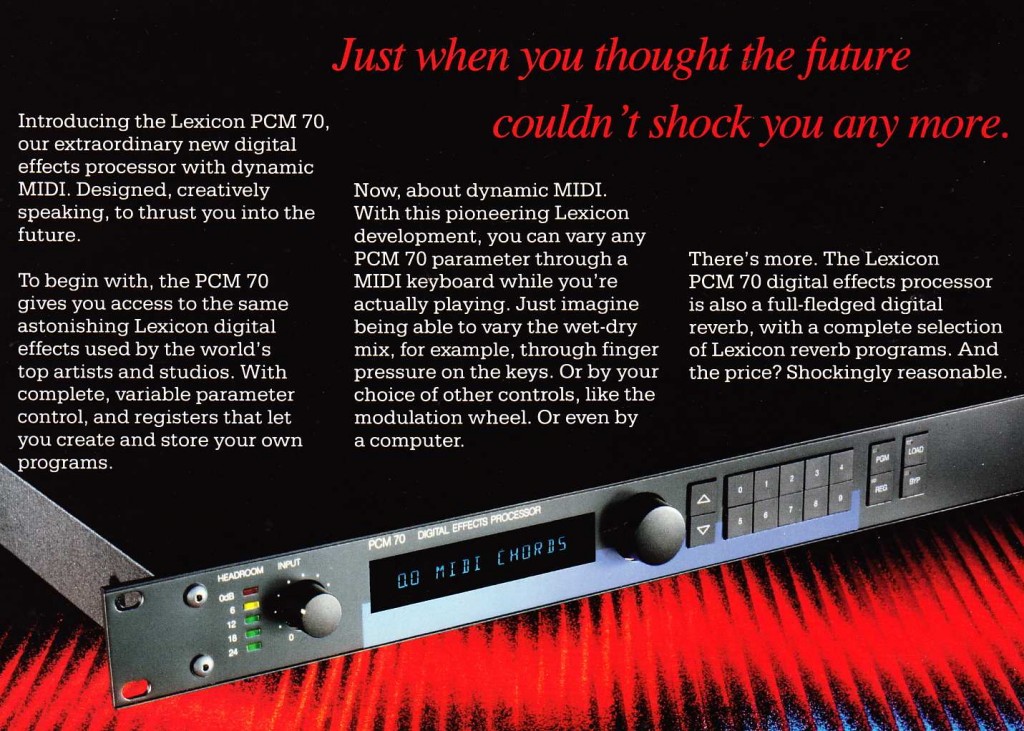
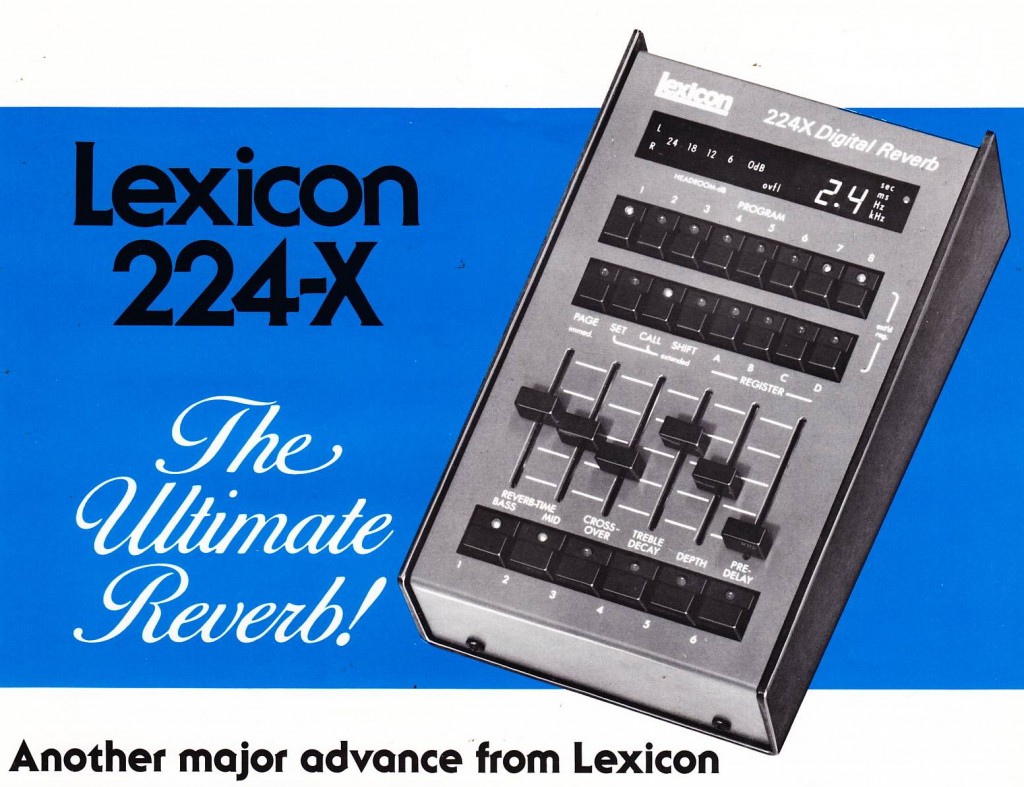 It’s hard to remember just how important these devices were back in the 80s and early 90s, before the advent of DAWs (e.g. Pro Tools) and the audio-processing plug-in effects that accompanied the DAW. Sure, Lexicon digital reverb may not ‘really’ sound like the sound of a ‘real space,’ but it sure did sound like the sound of a Hit Record for a good long while. And if you wanted That Sound, the only way to get it was with one of these devices. There is still some demand for these devices (PCM-42s still go for around $1000 used), likely due to older engineers’ familiarity with these devices, as well as their still-relevant live sound and instrument-rig applications. Interesting to read these specs and see that, at best, these were 16k bandwidth devices. Who would dream of setting up a new Pro Tools session at 32K sampling rate these days?
It’s hard to remember just how important these devices were back in the 80s and early 90s, before the advent of DAWs (e.g. Pro Tools) and the audio-processing plug-in effects that accompanied the DAW. Sure, Lexicon digital reverb may not ‘really’ sound like the sound of a ‘real space,’ but it sure did sound like the sound of a Hit Record for a good long while. And if you wanted That Sound, the only way to get it was with one of these devices. There is still some demand for these devices (PCM-42s still go for around $1000 used), likely due to older engineers’ familiarity with these devices, as well as their still-relevant live sound and instrument-rig applications. Interesting to read these specs and see that, at best, these were 16k bandwidth devices. Who would dream of setting up a new Pro Tools session at 32K sampling rate these days?
Unfortunately I could not find any paper work on the most expensive item on the pricelist – the Lexicon 1200CMS stereo Digital Time Compressor/Expander.
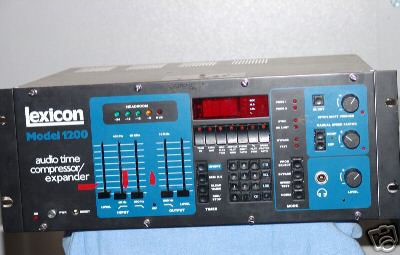 (web source)
(web source)
This was a truly significant, cultish device. You can occasionally find them on eBay for around $200. Cost new in 1985? $15,995 for a stereo unit. In today’s money, that’s thirty-two thousand ($32,000) d0llars for a device that could (at 32k) pitch-shift a stereo program a semitone or so.
Who in their right mind would pay this money for this kind of functionality? Broadcasters, primarily. If you spend any time working in television post-production, you will still hear older producers and creative directors say “Lexicon it” to the sound engineer. Now, when they say this, they are not telling the mixer to put a shit load of echo or reverb on the audio. In the post-production audio world, “Lexicon-it” was an imperative to time-shift material. As-in, “Hey, johnny read that tag line a little slow. Can you Lexicon it, Joe?” The vogue for these devices in Broadcast really took off when put-upon ad-agency types realized that you now could make a 32-second commercial, and then speed the spot up to play back in 30 seconds time whilst ‘Lexicon-ing’ the audio program back to regular pitch. At the end of the day, the TV viewer can’t tell that anything is off, but you, Mr Crafty Agency dude, have managed to cram thirty-two seconds of your boss’s and clients’ revisions into a a thirty second commercial. You are now a genius. This is the stuff on which vacation homes are made.
Of course, music-recording engineers also used these things daily to fix pitch-y vocals and what not, but that’s a story for a different day…
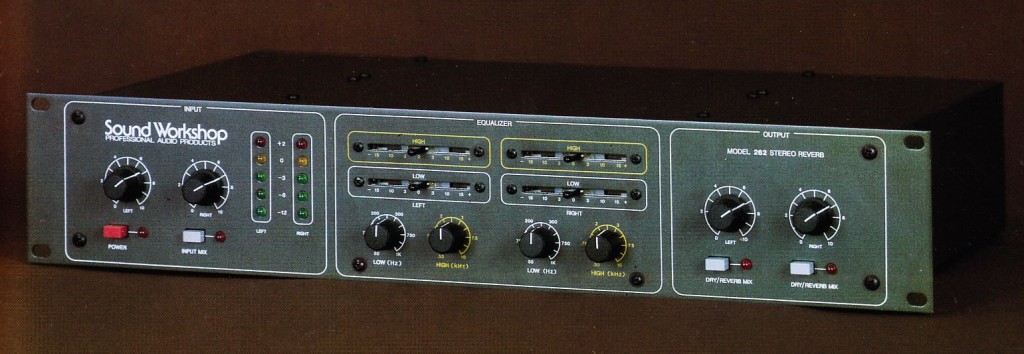 Download the four-page catalog for the Sound Workshop 242C and 262 stereo reverberation devices:
Download the four-page catalog for the Sound Workshop 242C and 262 stereo reverberation devices: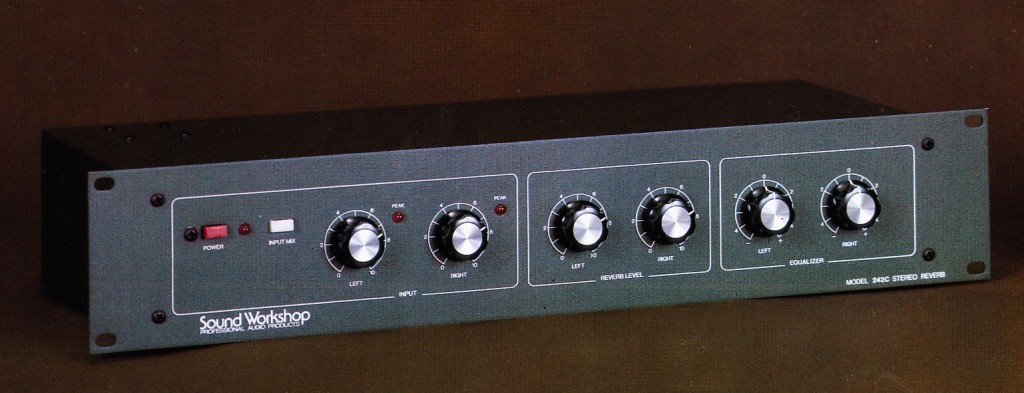 I’ve been using a 242C in the studio for years; it’s ok for signals that don’t need much high or low end. It’s pretty boing-y and a little bit noisy. It does have a cool dense, gritty texture that give backing vocals a nice old-school character. At this point, i have learned to always use it in the following way: usually I pre-delay the input 10 or 20 ms; then run the input signal through a gentle compressor (usually DBX 160); and cut the highs and lows on the return to remove hiss and hum that the spring pickups introduce. Oh yeah and the 242C is not really intended for +4 studio use; so i also use a Peavey stereo +4/-10 converter in order to best gain-stage it. So yeah… a lot of support equipment around this humble box. It does get a lot of use tho. Hey at least it has overload LEDs and and a very-useful ‘input mix’ switch with combines both inputs – great for creating pseudo-stereo from a mono source.
I’ve been using a 242C in the studio for years; it’s ok for signals that don’t need much high or low end. It’s pretty boing-y and a little bit noisy. It does have a cool dense, gritty texture that give backing vocals a nice old-school character. At this point, i have learned to always use it in the following way: usually I pre-delay the input 10 or 20 ms; then run the input signal through a gentle compressor (usually DBX 160); and cut the highs and lows on the return to remove hiss and hum that the spring pickups introduce. Oh yeah and the 242C is not really intended for +4 studio use; so i also use a Peavey stereo +4/-10 converter in order to best gain-stage it. So yeah… a lot of support equipment around this humble box. It does get a lot of use tho. Hey at least it has overload LEDs and and a very-useful ‘input mix’ switch with combines both inputs – great for creating pseudo-stereo from a mono source.